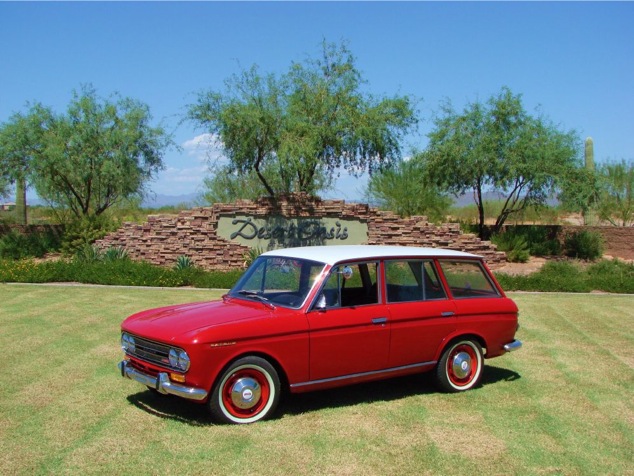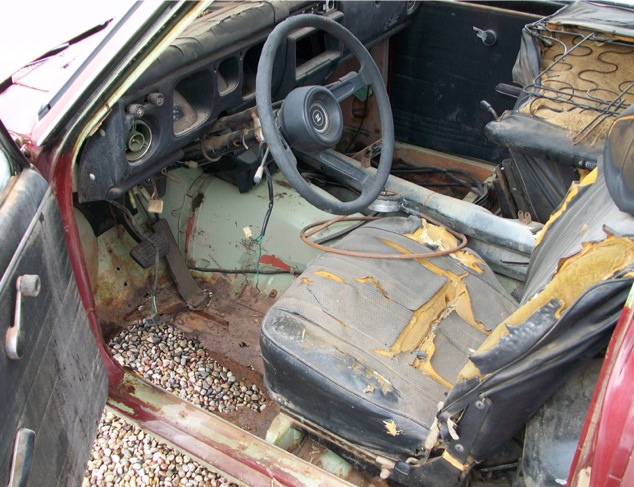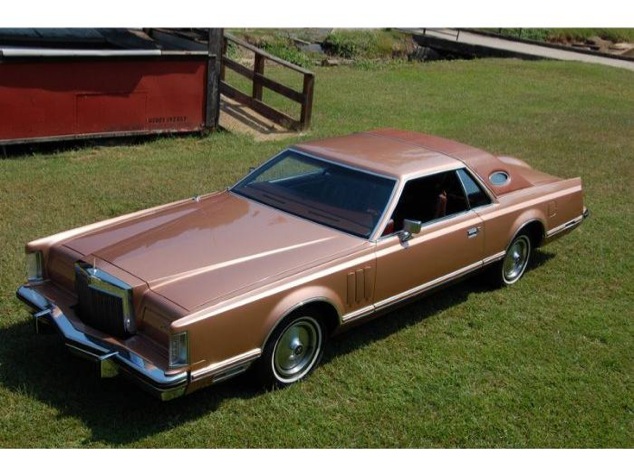
For years rumors have hinted at Nissan’s revival of the legendary Datsun brand for a line of sporty cars, but don’t get too excited about a new 240Z, 510 Bluebird, or 1600 Roadster. According to Nikkei, a Japanese business publication, Nissan intends to use Datsun for entry-level cars sold in emerging markets.

Pictured: 1967 Datsun 411 Wagon, nicoclub.com
Fast Tube by Casper
Plans are to sell microcars and subcompacts to India, Indonesia, and Russia for under $7000 per unit at annual volumes near 300,000.
Nissan did not confirm the information.
Some enthusiasts, especially the growing legions of Datsun restorers, may be concerned about the brand’s application to crude, third-world transportation, tarnishing a positive image maintained by avid collectors. Heritage is, importantly, a major component of classic car appeal and resale value.
However, in the latter years of Datsun’s history, a few duds reached American shores, most of which suffered from severe corrosion.

While Datsun powertrains lasted forever, the cars disintegrated into piles of orange dust, especially in the midwest where value-minded buyers purchased thousands of fuel-efficient Datsuns in response to OPEC’s 1973 oil embargo.
As a child, I recall my parents owning two Datsuns, a B210 hatchback and a pickup truck. The B210’s floors were so badly corroded that when my dad drove over a pool or puddle of water, it splashed up into the passenger seat footwell and soaked the interior (and drenched the poor sap who was sitting there, usually my mom). Eventually, as our immigrant family worked our way out of poverty, the decrepit Datsuns were traded for brand new Nissans.
In 1997, the 1988 Sentra we purchased brand new a decade earlier was handed down to me from my mother, becoming my first (and to date, least favorite) car. Eventually, I graduated to a Nissan Maxima and an Infiniti Q45, two of the best cars I’ve ever owned, and my mom recently took home a 2011 Infiniti QX56.
Datsuns exported to the United States achieved 30-40mpg at a time when most American cars were averaging less than 15mpg. Detroit struggled to respond to spikes in fuel crises, transferring development resources to smaller, more fuel-efficient vehicles while [delightfully] obscene land barges like the 7mpg Lincoln Mark V began piling up on dealer lots.

Hasty development times and new technologies resulted in mixed quality control with cars like the Chevy Vega debuting with cooling system, assembly, and corrosion problems. GM was so eager to build these cars and toss them out the door that paint sometimes had drip marks, screws were missing, and dealers were frequently burdened with the task of properly completing or redoing bumper and interior assembly.
Ford, GM, and Chrysler lost entire generations of customers as a result, opening the door to Honda, Toyota, and Datsun/Nissan’s rapid growth and eventual domination of the marketplace.
So, that’s the Datsun story as it applies to America and the downfall of Detroit.
Today’s Datsun will be replacing rickshaws in Asia.
Links:
http://forums.nicoclub.com/the-return-of-datsun-t553002.html
http://www.reuters.com/article/2012/03/02/us-nissan-idUSTRE8210EA20120302